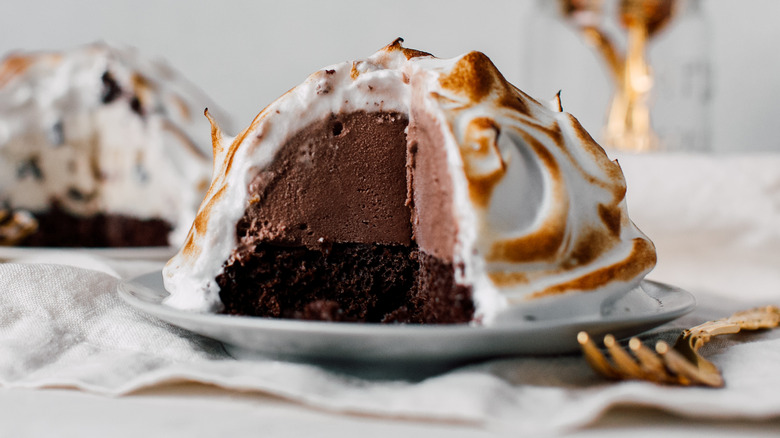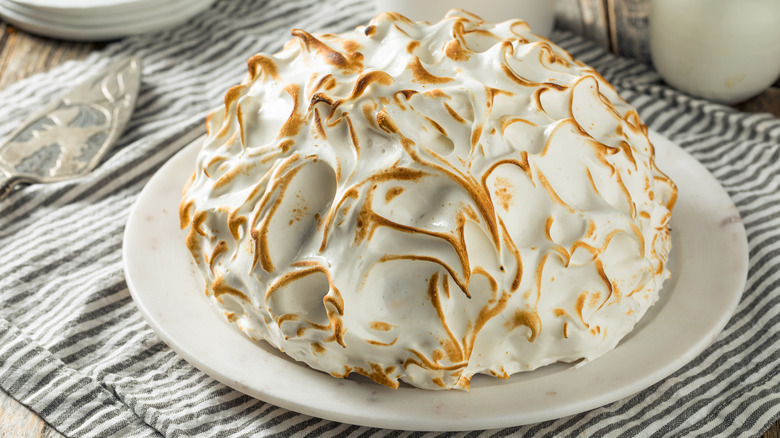How Did The Baked Alaska Get Its Name?
Baked Alaska, the dome-shaped dessert renowned for its grandiose appearance, has origin stories as diverse as its flavors and textures. The iconic cake, also known as "omelette norvégienne" or "glace au four" in French, garnered acclaim in the late 1800s. The etymology of the name "baked Alaska" is a subject of debate, but the most widely accepted explanation points to its association with the largest state in the U.S. Some believe it was inspired by the 1867 purchase of Alaska from Russia.
The concept of combining hot and cold elements in this context can be traced back to the 18th century. But it was French pastry chef Charles Ranhofer, who worked at Delmonico's Restaurant in New York City, who is often credited with popularizing the dish as we now know it. In the late 19th century, Delmonico's was a trendsetting establishment, responsible for everything from changing the way we set tables to introducing Delmonico steak.
Ranhofer was admired for his extravagant innovations. Indeed, as legend has it, journalist George Sala enjoyed the cake and affirmed, "The 'Alaska' is a baked ice. The nucleus or core of the entremets is an ice cream surrounded by an envelope of carefully whipped cream, which, just before the dainty dish is served, is popped into the oven or brought under the scorching influence of a red hot salamander," as recounted by NPR.
Baked Alaska's name has murky origins
A baked Alaska recipe consists of three key components: ice cream, cake, and a crisp golden meringue coating. The sponge cake base is topped with a molded hemisphere of ice cream, and then baked Alaska's signature trait (the meringue) is cooked and browned either in the oven or with a kitchen torch. So, why doesn't the ice cream in a baked Alaska melt?
The meringue insulates the ice cream to prevent it from melting and creates a visually striking outer shell. This contrast in temperatures accounts for the title of the recipe for the ice cream-filled cake found in Charles Ranhofer's 1894 cookbook, "The Epicurean." Its witty title, "Alaska, Florida," alludes to the climate difference between the Last Frontier and the Sunshine State, embodied by the frozen dairy product and warm meringue.
As is appropriate for the woman who eliminated the vagueness of measurements in recipes, it was Fannie Farmer who finally established the name we use today. The first recipe with the exact name "baked Alaska" appeared in "The Original Fannie Farmer 1896 Cookbook." Baked Alaska's fame continued to rise in the 20th century as it became a staple at upscale restaurants and dinner parties. Its theatrical presentation and the thrill of cutting through the toasted meringue to reveal the miraculously preserved ice cream core proved to have enduring allure. Although something of a retro treat now, baked Alaska has withstood the test of time, despite the ambiguity of its roots.

